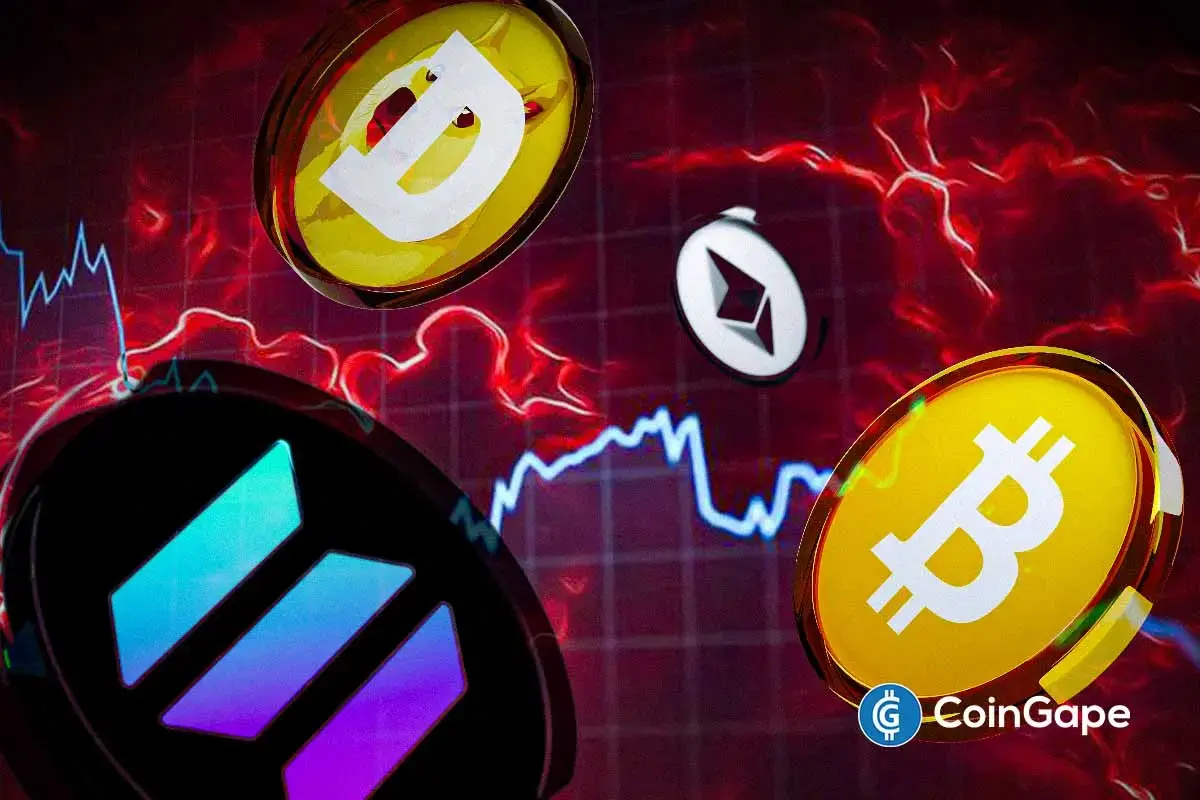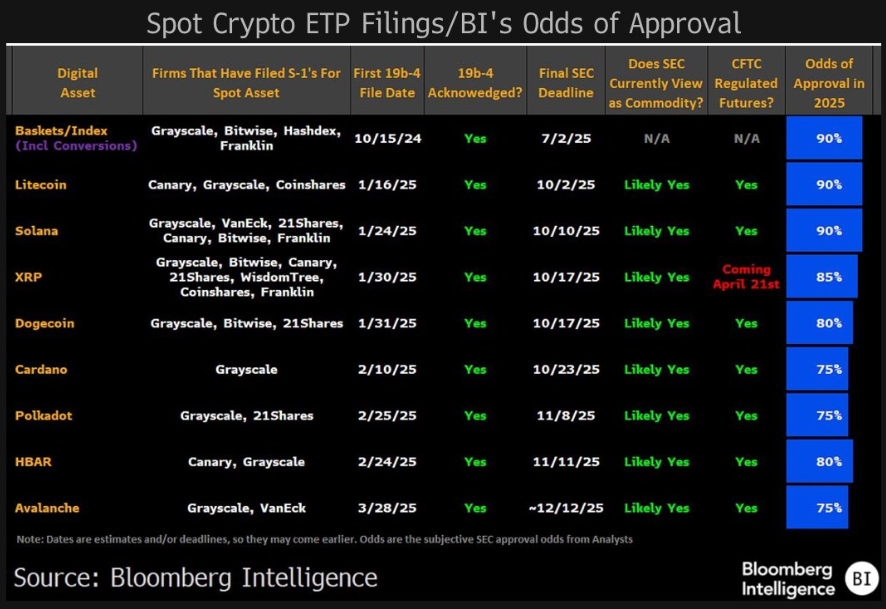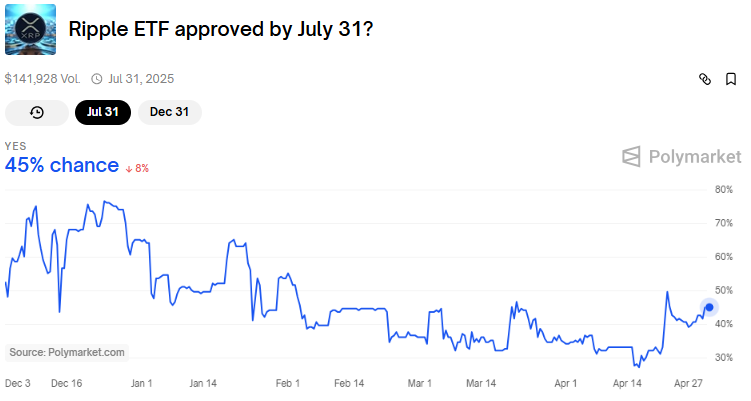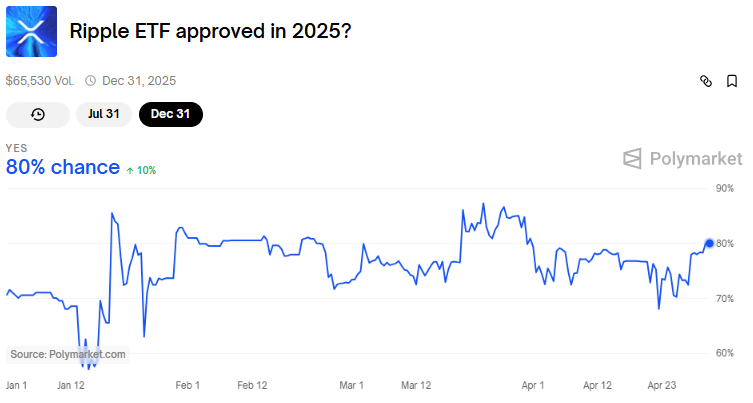
The crypto market this week has primarily propelled an optimistic sentiment among traders and investors globally by showcasing bullish price trajectories. Bitcoin (BTC) price has gained over 10% in the past seven days, nearing $94K. Whereas, major altcoins like Ethereum (ETH), Solana (SOL), and XRP surged 3%-11% weekly. Meanwhile, even the meme coin market saw DOGE, SHIB, and PEPE prices rallying unprecedentedly in the interim.
Mentioned below are some of the top cryptocurrency market highlights reported by CoinGape Media over the past week.
Crypto Market This Week: BTC, ETH, SOL, XRP Price Action Ignites Optimism
As per CoinMarketCap’s data, BTC price closed the week at $93,953, surging slightly over 10% over the past seven days. Primarily, the flagship coin saw a bullish action against the backdrop of a stockpile of optimistic developments this week.
CoinGape Media reported that Japan’s Metaplanet acquired another 330 BTC in one of its latest haul over the week.
On the other hand, Robert Kiyosaki has predicted that Bitcoin price is poised to hit $180,000 to $200,000 in 2025. Particularly, this bullish prediction gained significant traction across the broader crypto market as the flagship coin showcased other bullish signs, hinting that such a feat is possible.
BTC futures OI topped the $64 billion mark as the week came to an end, per Coinglass data. On the other hand, even the U.S. spot Bitcoin ETF products recorded $3 billion worth of inflows this week. Overall, the abovementioned market stats underscore substantially heightened market interest in Bitcoin over the past week.
Altcoin Mirror Bullishness
Simultaneously, major league altcoins have also witnessed a notable bullish movement in the past seven days.
ETH price rose over 11% weekly, closing this week near $1,800. This bullish action comes attributed to massive ETH whale accumulations, with reportedly $100 million worth of coins stacked by large-scale investors this week.
Besides, SOL price surged nearly 4% in the same duration, exchanging hands at $146. Even XRP price has followed the broader market trend, pumping over 4% weekly, reaching $2.16.
For context, Bitcoin and the broader crypto market appear to be witnessing a positive investor sentiment amid Donald Trump’s hint at further delay on certain tariffs. Other tokens like DOGE, SHIB, and PEPE also extended price gains to 12%-21% this week.
The post Crypto Market This Week: BTC & Major Altcoins Show Bullish Signs, What’s Happening? appeared first on CoinGape.











